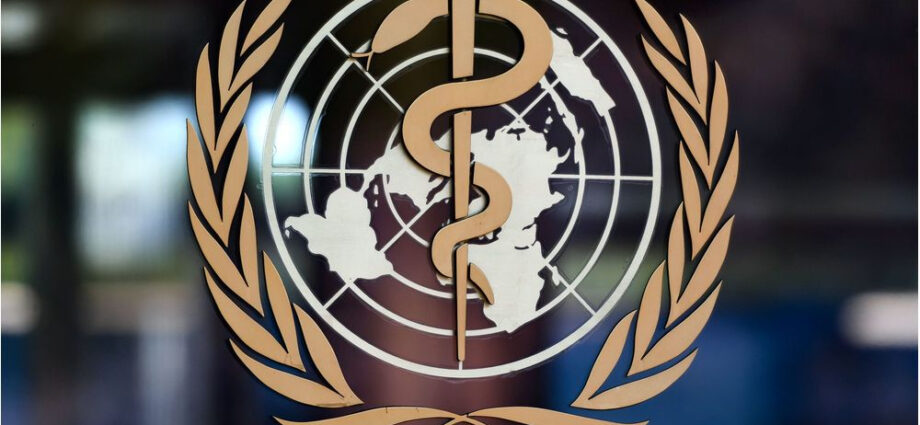GENEVA — The World Health Organization (WHO) is reviewing a report that suggested its advice on the novel coronavirus needs updating, after some scientists told the New York Times there was evidence the virus could be spread by tiny particles in the air.
Because those smaller particles can linger in the air longer, the scientists – who plan to publish their findings in a scientific journal this week – are urging WHO to update its guidance, the Times said.
Officials at South Korea’s Centers for Disease Control said on Monday they were continuing to discuss various issues about COVID-19, including the possible airborne transmission. They said more investigations and evidence were needed. (Reporting by Stephanie Nebehay; Additional reporting by Sangmi Cha in Seoul; Editing by Alex Richardson)

